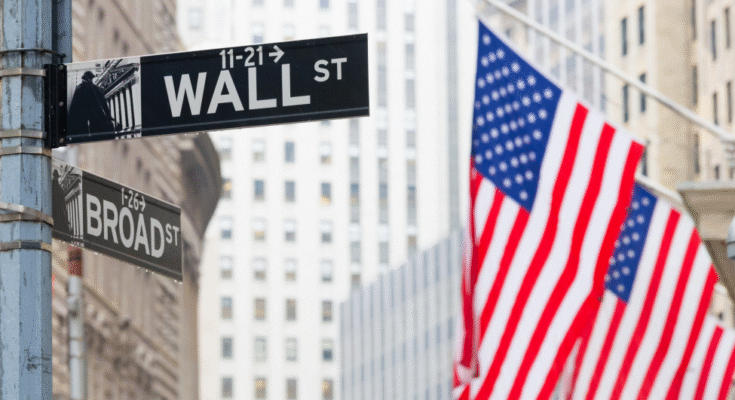In a bold move that signals its determination to expand in the U.S. crypto market, stablecoin giant Tether has hired Bo Hines, a former top crypto advisor to Donald Trump, as part of its strategy to strengthen regulatory influence and accelerate adoption of USDT.
The announcement comes at a time when stablecoins are under intense scrutiny from regulators, even as they play an increasingly central role in global finance and digital payments.
Who Is Bo Hines?
Bo Hines is a rising figure in the crypto policy landscape:
-
Served as Trump’s White House crypto policy advisor.
-
Known for pushing a pro-blockchain, pro-innovation regulatory agenda.
-
Advocated for policies to make the U.S. a leader in digital currencies.
His appointment to Tether underscores the company’s focus on navigating the regulatory battleground in Washington.
Why Tether Made the Move
-
Regulatory Pressures
-
U.S. lawmakers are debating a comprehensive stablecoin framework.
-
Tether has faced long-standing scrutiny over its reserves transparency.
-
-
Expansion Goals
-
Tether aims to boost U.S. adoption of USDT, currently the world’s largest stablecoin with a market cap above $120 billion.
-
The U.S. market remains underpenetrated compared to Asia and Latin America.
-
-
Competitive Landscape
-
Rival Circle’s USDC has closer ties to U.S. regulators.
-
Tether’s move signals it won’t cede ground easily.
-
Market Reaction
-
Crypto Markets: USDT maintained stability, trading close to $1.
-
Bitcoin & Ethereum: Saw mild gains, reflecting broader optimism.
-
Analysts: Interpreted the hire as a strategic pivot toward policy influence.
“Tether knows that in the U.S., regulation is the name of the game. Hiring Bo Hines gives them a bridge to policymakers and a chance to reshape the narrative,” said Carla Mendoza, fintech analyst at Digital Finance Watch.
What This Means for Stablecoins
-
Legitimacy Battle: Stablecoins are central to crypto trading, but their future hinges on regulatory clarity.
-
Global Adoption: USDT dominates in Asia, Africa, and Latin America. With this move, Tether aims to challenge U.S.-based rivals on home turf.
-
Financial Integration: If successful, Tether could accelerate its push into payments, remittances, and institutional finance.
Challenges Ahead
-
Transparency Concerns: Critics continue to question Tether’s reserve audits.
-
Political Risks: A Trump-linked hire may polarize views in Washington.
-
Regulatory Uncertainty: Any strict U.S. rules could reshape Tether’s business model.
Conclusion
By bringing in Bo Hines, Tether is making a clear statement: it plans to play offense in the U.S. market, not defense.
Whether this strategy leads to deeper mainstream adoption or further regulatory battles remains to be seen. But one thing is certain — the future of stablecoins, and Tether’s dominance, will depend heavily on how Washington writes the rules.
FAQs
Q1: Who did Tether hire?
Bo Hines, Trump’s former White House crypto advisor.
Q2: Why is this important?
It signals Tether’s intent to expand aggressively in the U.S. market and influence regulation.
Q3: How big is Tether now?
It’s the world’s largest stablecoin with a market cap of over $120 billion.
Q4: What challenges does Tether face?
Ongoing regulatory scrutiny, transparency concerns, and strong competition from rivals like Circle.


